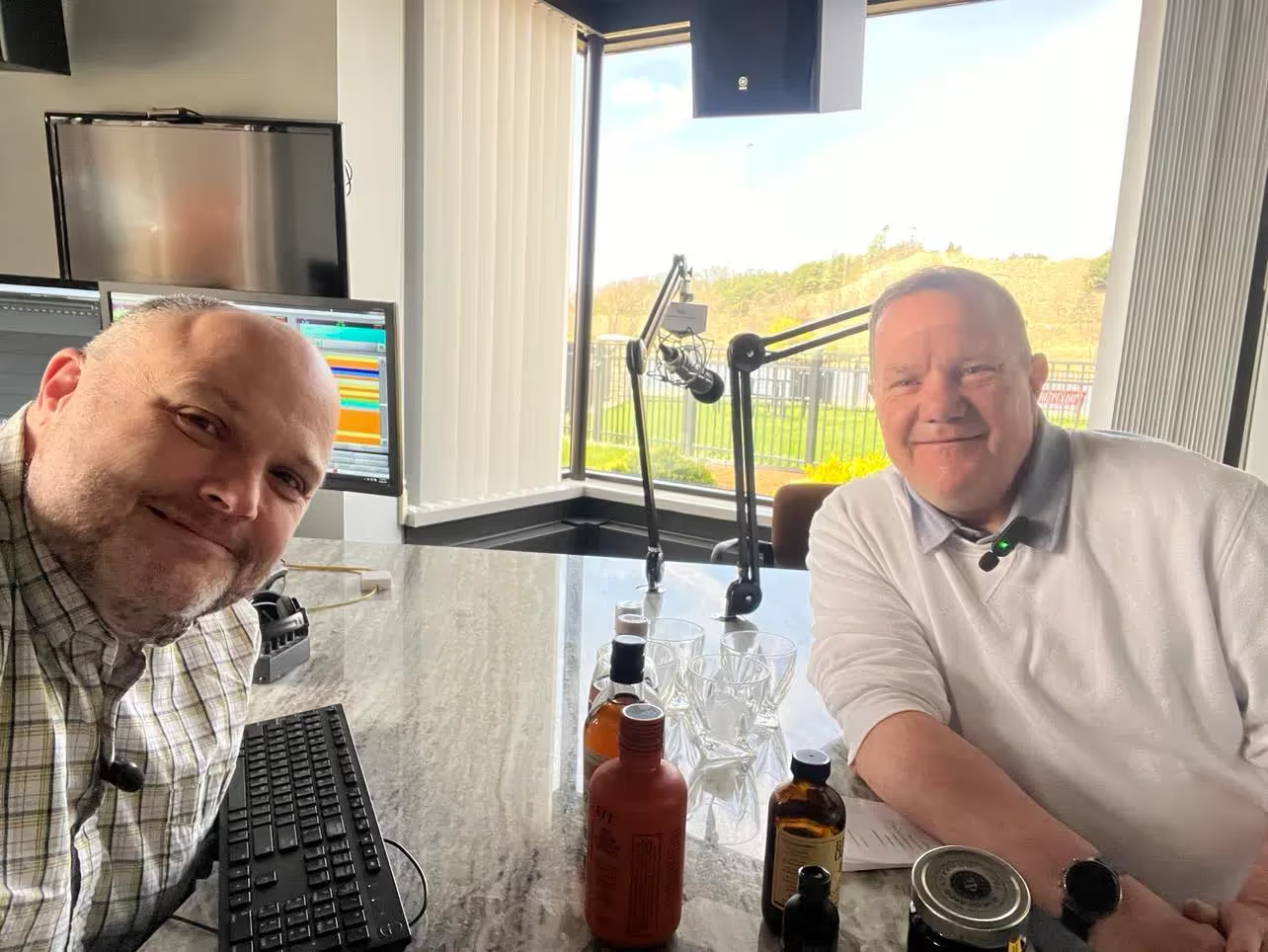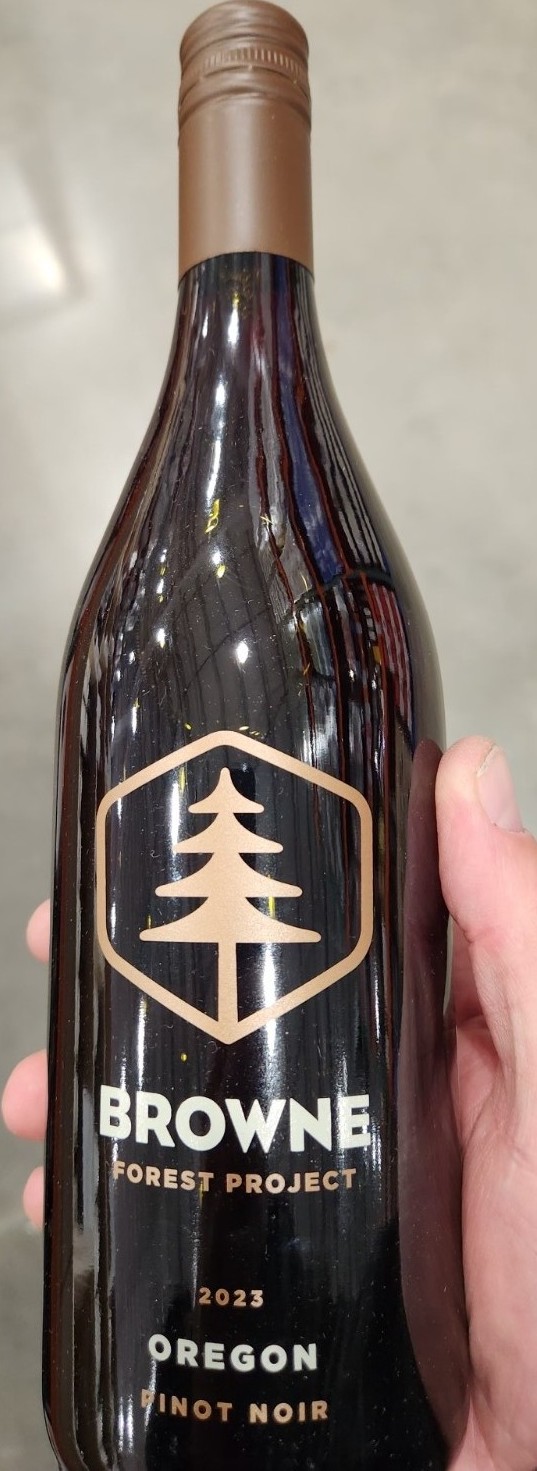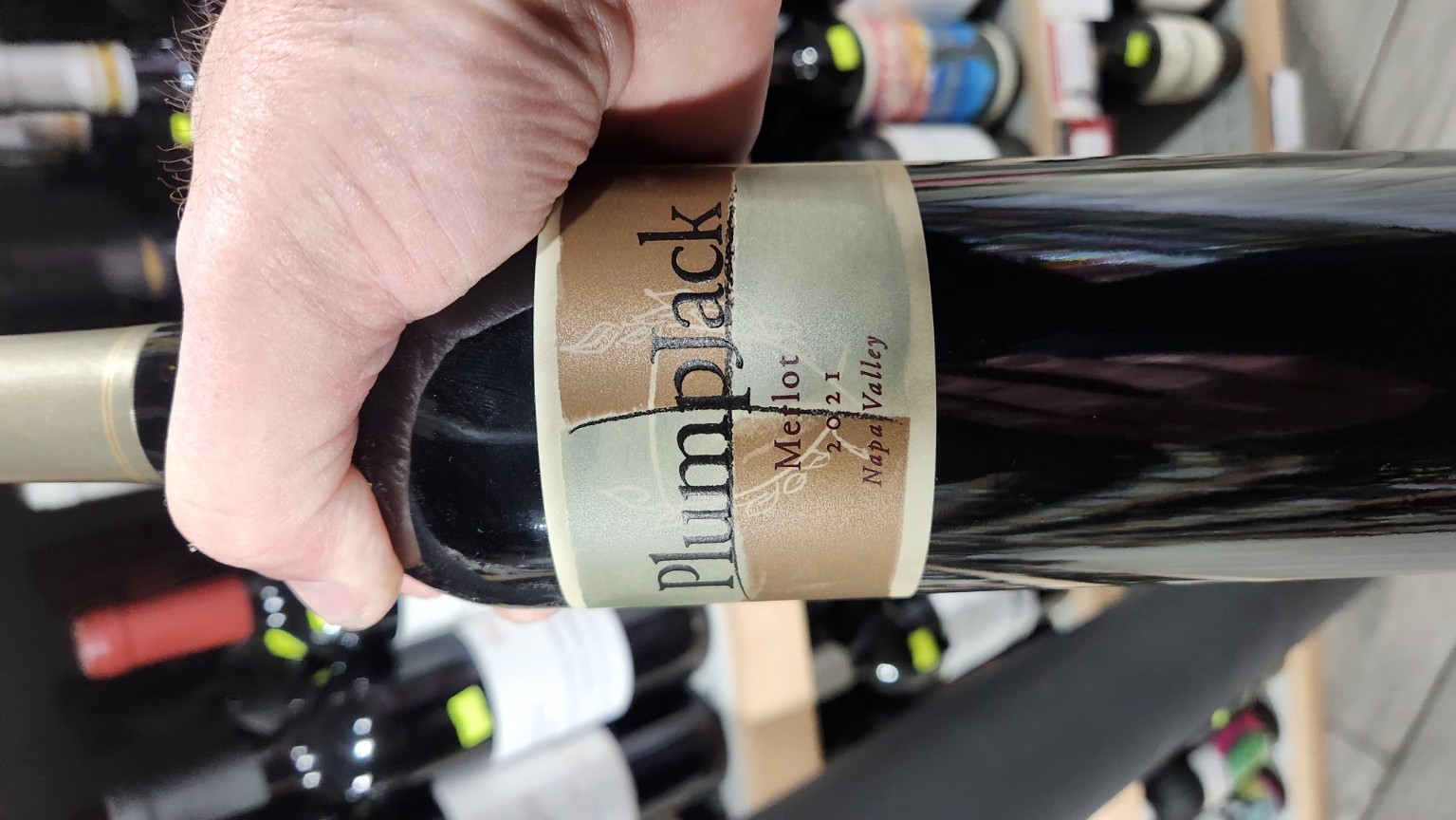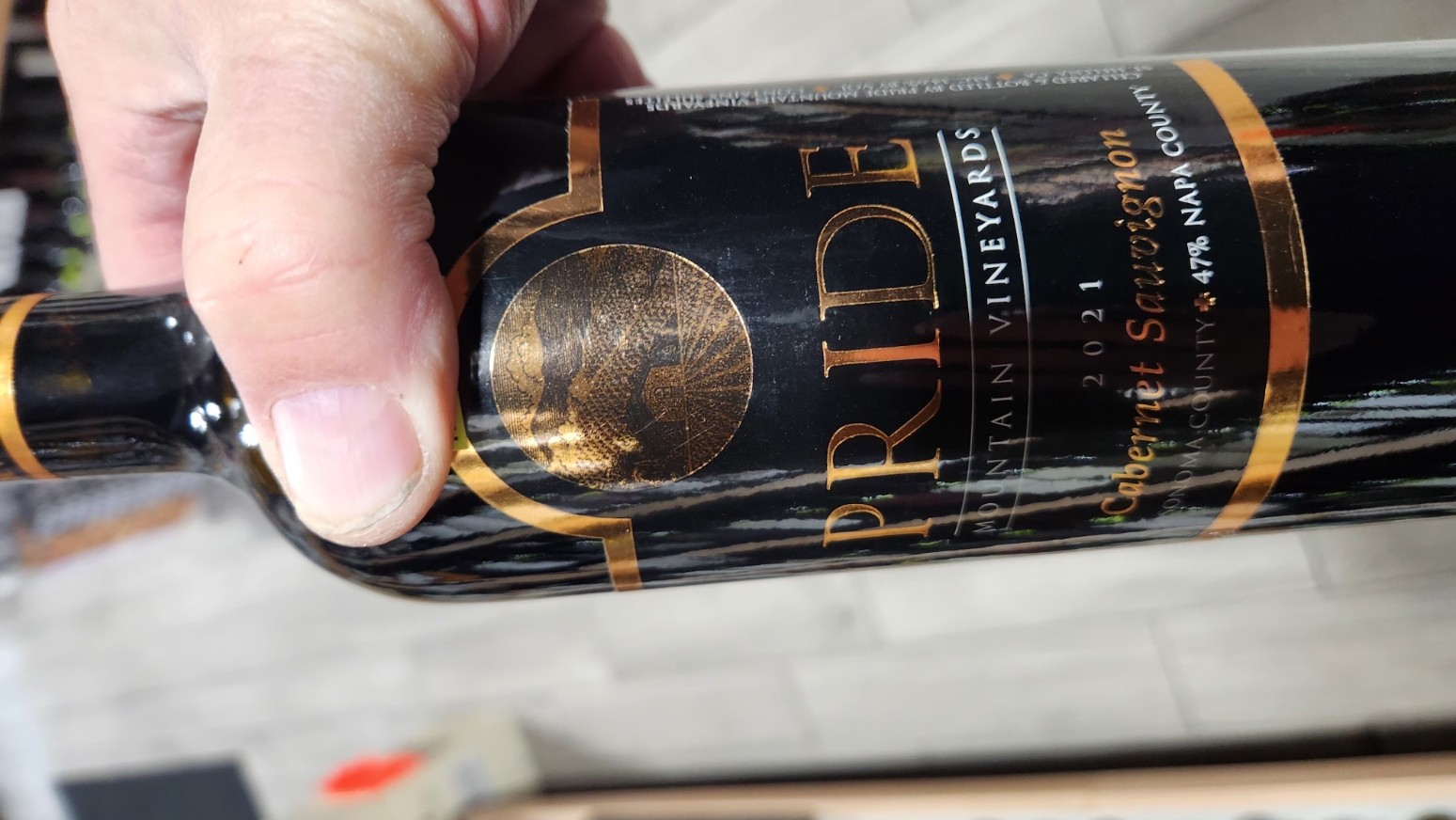Breaking In: Winning Beverage Market Entry with Proven Brand, Distribution, and Retail Strategies [2025 Guide]
Breaking into the beverage market takes more than a great product. Many founders find themselves stuck—local wins aren't translating into broader retail placement, and distributor doors stay closed without the right connections. The truth is, market entry isn't just about industry knowledge or a well-designed label. It's about who knows you, your ability to show measurable traction, and using proven playbooks that blend beverage brand strategy, rock-solid beverage distributor relationships, and hands-on retail execution.
Growing brands need more than promises and theory. You need a battle-tested approach that covers beverage distribution strategy, craft beverage marketing, and practical beverage retail placement techniques. Whether you're working on non alcoholic beverage positioning, building out a consumer education play, or scaling hard-won local gains into real market share, the gap between plans and results is usually trust—both with channel partners and consumers. That's where decades of real operator experience give you the inside edge: credible contacts, integrated solutions, and a record of moving brands from idea to shelf to sustainable growth in a crowded space.
Beverage Business Academy doesn't trade on theory—we open doors, because we've spent 30+ years earning the keys. This post will break down actionable, step-by-step guidance for beverage brand scaling, retail engagement, and building lasting distributor partnerships. You'll walk away understanding how to sidestep common pitfalls and ride current beverage industry trends, with insights that outperform consultants and one-off agencies. If you want to set a foundation for true growth, start with a model that’s been tested, scaled, and proven in the field.
Understanding Today’s Beverage Market Landscape
The beverage market no longer follows yesterday’s rules. Founders and operators have to think about shifting habits, new product expectations, and a retail environment that demands measurable traction. Winning today takes more than quality—it takes a battle-tested approach anchored in real experience, real relationships, and an honest look at what actually drives sales. This section breaks down how current industry trends, consumer behavior, and untapped opportunities shape the right beverage brand strategy.
Key Industry Trends Reshaping the Beverage Sector
You can’t build a strong beverage distribution strategy without seeing where demand is heading. The past few years have brought big changes:
- Retail Consolidation: Larger chains shape shelf sets. Buyers favor proven results, not untested brands. Success with independents is just the beginning, not the end.
- Distributor Selectivity: Distributors now seek brands with traction, not just a great story. Established buyer and distributor relationships matter more than ever.
- Consumer Fragmentation: Shopper preferences are less predictable. Health, flavor, function, and authenticity all compete for attention, making sharp beverage consumer engagement strategies essential.
Operators that outperform focus on data-backed craft beverage marketing and retail placement while protecting margins. They avoid piecemeal tactics and instead invest in integrated solutions that turn limited resources into repeatable wins.
The Rise of Non-Alcoholic and Functional Beverages
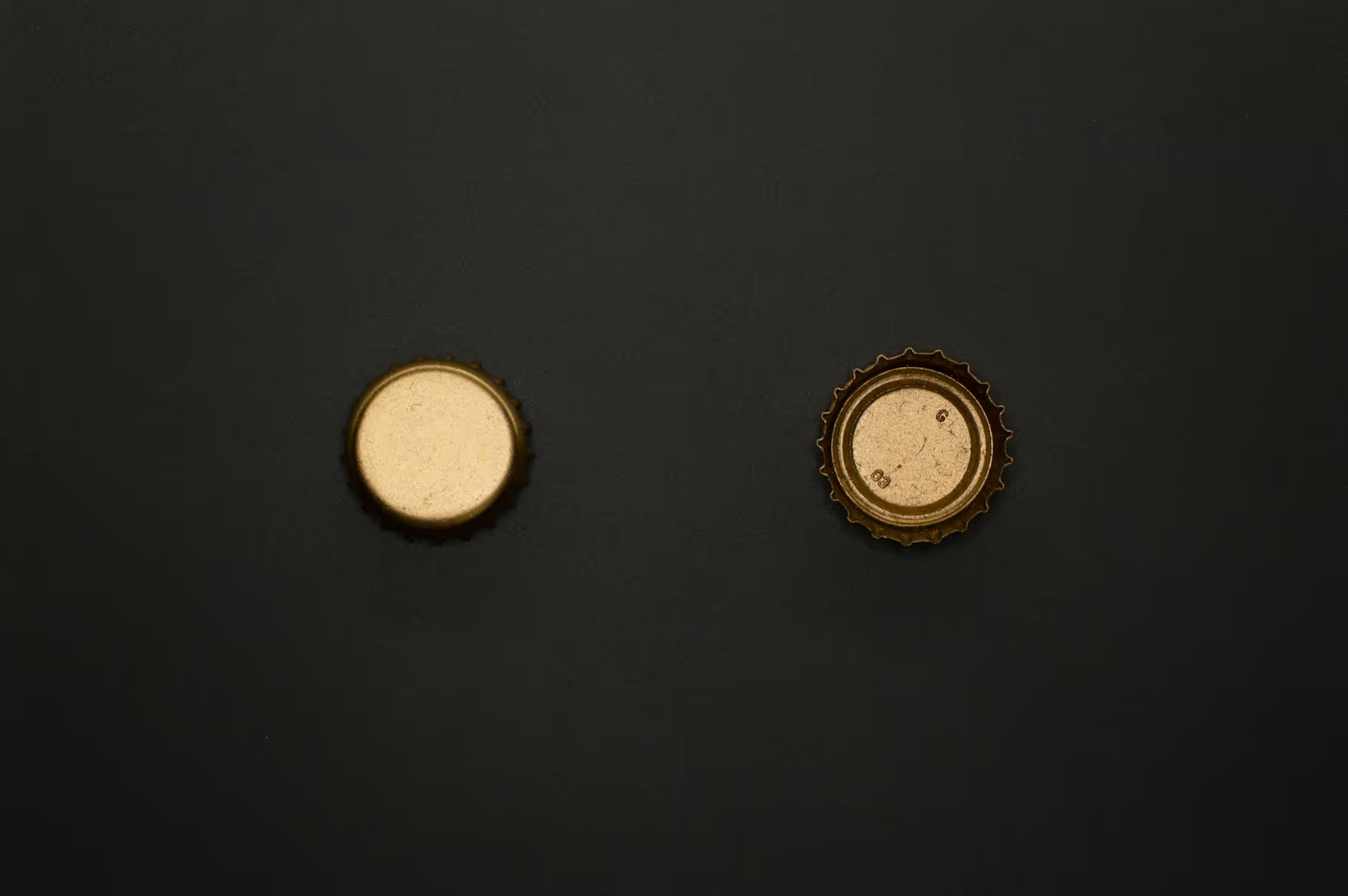
Photo by Miguel Á. Padriñán
You’re seeing a fundamental shift from traditional beverages to new, mindful options. Zero-proof and functional drinks now dominate headlines and influence where buyers spend. For operators, this means two things:
- Positioning is Critical: Non alcoholic beverage positioning must be clear. Consumers avoid products framed as “lesser than” traditional options. Retailers also need help understanding where these products fit and how to merchandise them.
- Educated Selling: Brands succeed when they equip distributors and retailers with easy-to-use education tools. Durability in the market depends on more than buzzwords—it’s about real consumer value and uncovering what drives repeat purchase.
Operators will struggle if they chase trends without substance. You must focus on beverage business consulting strategies that align your brand story with the right retail partners. Thoughtful positioning and engagement override short-term hype.
Identifying Market Gaps and White Space
High-value growth doesn’t come from following the crowd. It comes from spotting what’s missing and building a credible plan to own it. Here’s how experienced beverage founders and regional operators approach it:
- Analyze Existing Set: Review shelf presence at your target retailers. Where are the gaps? Is there a function, flavor, format, or price point under-represented?
- Identify Unmet Needs: Not every “trend” works everywhere. Midwest and Great Lakes markets, for example, may favor authenticity and local sourcing while coasts adapt faster to function-forward products. Leverage local knowledge to tailor your beverage brand scaling efforts.
- Qualify White Space: Don’t just find a category gap—evaluate if it is scalable. Use real case studies, track results, and seek mentorship from proven operators instead of chasing consensus advice.
Building a strategy tuned to real gaps and opportunities gives you a stronger story for buyers and clearer metrics for distributor conversations. Brands that skip these steps often see poor sell-through and weak expansion.
To go deeper into the most effective pathways for scaling, review case studies and operator insights integrated in the Krunch Branding division’s full-service roadmap. These resources highlight how targeted beverage retail placement, results-driven beverage distribution strategy, and sustained consumer education unlock true shelf-to-success growth.
Building a Battle-Tested Beverage Brand Strategy
You need a practical blueprint to build a beverage brand that gets noticed and wins shelf space. Decisions made early on—how you describe your value, how your brand looks and feels, how you speak to health-aware consumers—create the backbone for long-term success. This is not a place for shortcuts. You must anchor your beverage brand strategy in real-world proof and experience, not empty theories. This section lays out the core moves that set operators apart when moving from promising startup to proven contender.
Crafting Your Beverage Value Proposition
Your value proposition is the foundation for every conversation with buyers, distributors, and customers. It’s not just about flavor or packaging. It’s about solving a problem and bringing something new to a crowded shelf.
- Solve a real pain point: Identify a gap in the current beverage set, such as function, format, taste, or wellness. Don’t claim to be everything to everyone—be specific and direct.
- Demonstrate measurable results: Show proof that you’ve moved volume locally. Present hard numbers (velocity, repeat purchase) to back your story, not just passion.
- Make the distributor’s job easier: Distributors adopt brands that win at retail. Package your retail wins, consumer feedback, and wholesale tools so new partners see less risk.
Dial in your value proposition before expansion. It should answer three questions for every partner you meet: Why you, why now, and what do you bring that lasts?
Brand Identity: Beyond the Label
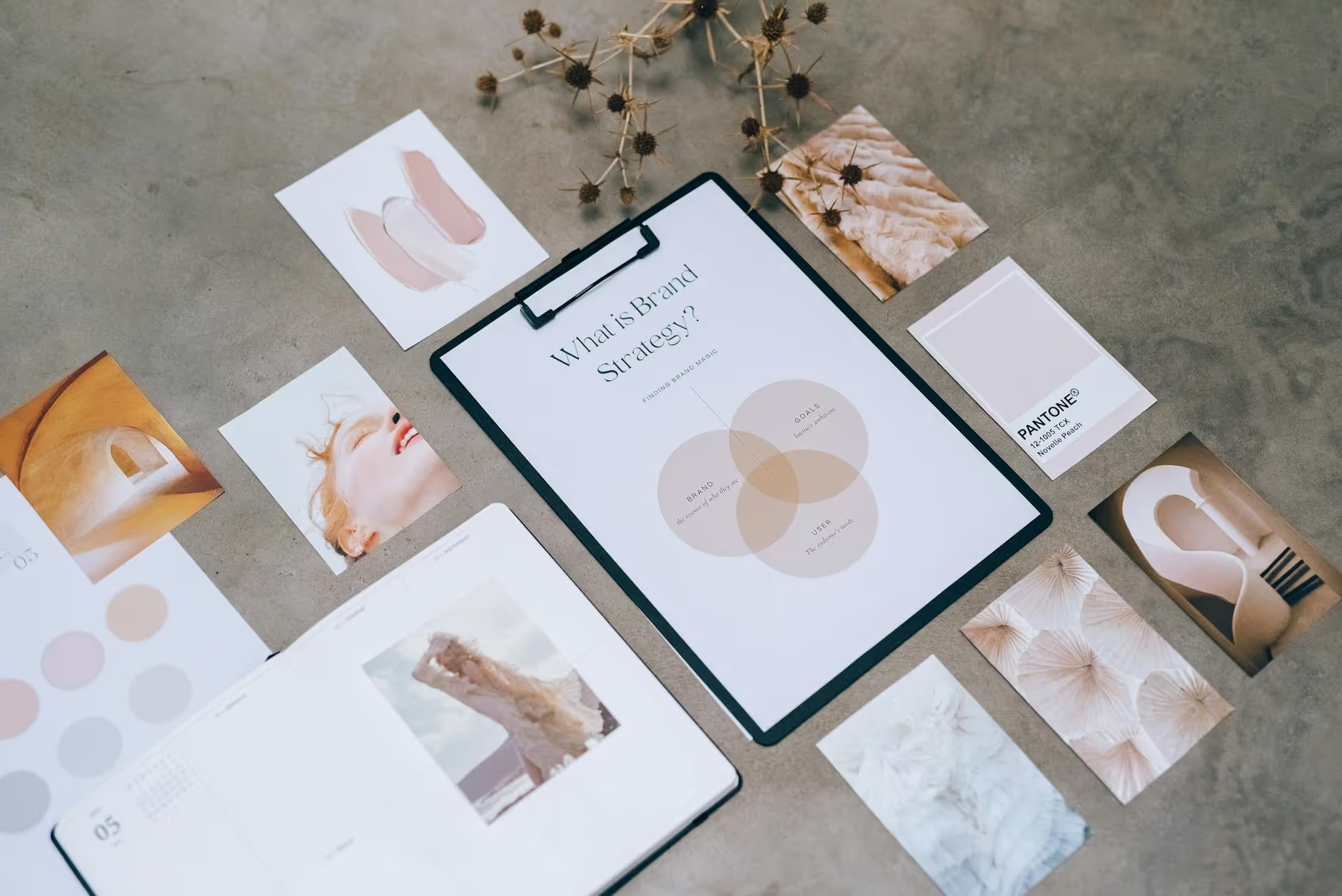
Photo by Leeloo The First
Brand identity reaches far beyond the logo or color palette. It’s in every touchpoint—website, sampling kit, trade show material, and frontline sales training. Consistency here builds trust with both channel partners and consumers.
Consider these pillars for a robust beverage brand identity:
- Clarity: Align every visual and message with your core value proposition.
- Credibility: Use simple, direct language. Avoid flashy graphics with no substance. Buyers want authenticity, not hype.
- Repeatability: Retail staff and distributor reps should remember and relay your key points easily.
An integrated approach helps you win at both the B2B and B2C level. Every element should support your beverage retail placement, not distract from it. Review successful real-world examples, and make sure your materials speak to both established regional retailers and emerging alternative channels.
Positioning for the Mindful Consumer
Non-alcoholic and functional beverage categories keep growing, but skeptics remain. Consumers, retailers, and even your own distributors may not immediately grasp your value. Winning here means you need more than claims—you need education, clear messaging, and a consumer-first mentality.
- Reject “lesser than” framing: Non alcoholic beverage positioning should never feel like a compromise. Position your drink as a top choice, not a substitute.
- Educate at every channel: Equip retail buyers and distributor reps with talking points. Run demos and simplify the product’s role in daily routines or occasions.
- Anchor in purpose: Health, function, flavor—whatever the angle, use proof points, category data, and strong testimonials.
Long-term beverage consumer engagement comes from trust, education, and relevance. Don’t rely on one-off marketing bursts. Build credibility and category leadership over time by showing up reliably at retail, gathering data, and adapting as trends evolve.
For expanded guidance on aligning positioning and identity for both retailers and consumers, explore the in-depth resources and field-tested case studies offered in BBA’s Beyond Proof strategy programs. These can help you move from initial traction to sustained performance across multiple markets.
Cracking the Distribution Code: Strategies That Attract Real Buyers
Winning at beverage distribution is a skill, not a gamble. The difference between shelf success and stalled growth lies in your ability to secure real buyers—those who commit, place repeat orders, and champion your brand in the market. Whether you are scaling a regional winner or launching a non-alcoholic line, your beverage distribution strategy needs structure, trusted relationships, and battle-tested playbooks. The right approach will help you avoid getting lost in crowded portfolios, protect your brand identity, and deliver measurable results in complex regions.
Building Profitable Beverage Distributor Relationships
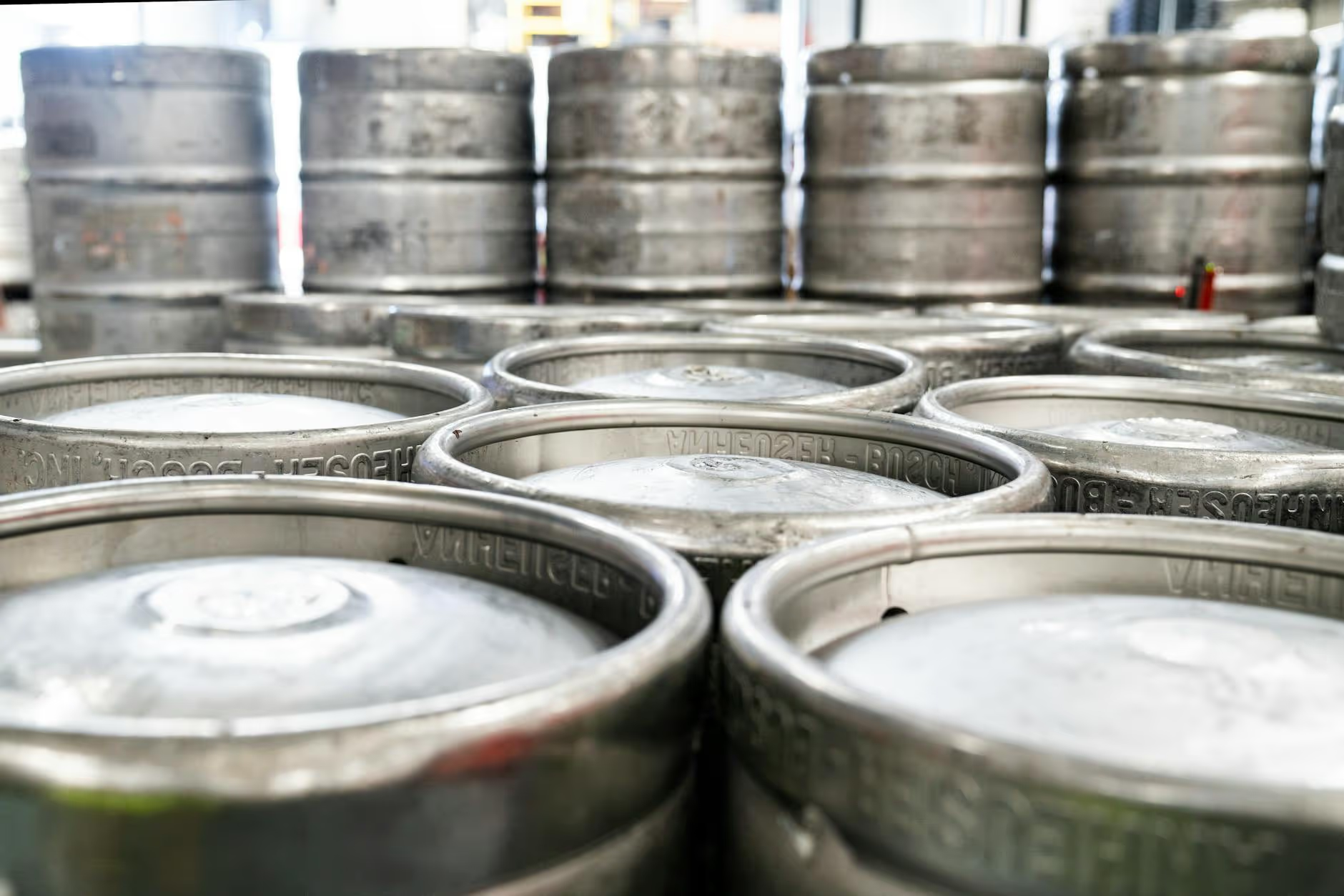
Photo by ELEVATE
A profitable distributor relationship goes beyond simply landing an account. Buyers now expect partners who bring more than promises—they demand evidence of local success and a clear path to scaling.
Focus on three essentials:
- Proof of Local Success: Distributors listen when you share real data on local retail placements and consumer sell-through. Bring velocity numbers, repeat purchase rates, and customer testimonials to every meeting.
- Tailored Support Materials: Equip distributors with turnkey tools, such as point-of-sale kits and training guides. This helps your beverage retail placement and takes workload off their sales team.
- Relationship over Transaction: Treat distributor contacts as long-term partners. Invest time with their frontline staff. Reliable communication earns advocacy and better performance within the distributor’s broader portfolio.
A robust beverage brand strategy matches the right distributors to the right markets. Avoid size mismatches—smaller brands can get lost with national houses, while regional partners may lack reach in new territories. Reliable partners want evidence, operational readiness, and a growth outlook aligned with their own success.
Avoiding Common Distribution Pitfalls
Distribution mistakes are costly and all too common, especially for ambitious brand founders. Without a tested approach, you risk low prioritization, weak sell-through, or even friction that damages your reputation. The most frequent errors often stem from a lack of operational discipline or falling for “consultant speak” rather than operator reality.
Watch for these hazards:
- Scaling Too Soon: Chasing big distributors or national chains before demonstrating regional traction leads to unsold inventory and minimal support.
- Fragmented Approach: Piecemeal service providers and misaligned messaging confuse distributors and retailers. Integrated craft beverage marketing, retail support, and distributor training must work together.
- Ignoring Category Fit: Unclear non alcoholic beverage positioning or mixed messaging makes it hard for distributors to pitch your product.
- Overlooking Local Dynamics: Market entry tactics that work on the coasts can fail in the Midwest or Great Lakes if you skip relationship-driven approaches.
You can protect your expansion and reputation by focusing on quality placements and integrating feedback from real sales data. Building beverage distributor relationships takes daily discipline, not just big launch events. Long-term beverage brand scaling depends on prioritizing sustainable, repeatable wins.
For detailed case studies that break down these issues and how experienced operators solve them, explore BBA’s Krunch Branding playbook.
Beverage Business Consulting: When & How to Leverage Experts
The beverage industry is complex and unforgiving. Deciding when to bring in outside expertise is a key move for any founder or operator serious about growth. Experienced beverage business consulting offers more than advice—it delivers the hands-on strategies and buyer introductions that you can’t get from agencies or “networking.”
Use outside support at these critical stages:
- Entering New Regions: When your local wins aren’t translating, a consultant with distributor and retail contacts removes barriers and accelerates rollout.
- Stagnant Sell-Through: If placements don’t convert to repeat orders, get help evaluating your pricing, packaging, and consumer engagement tactics.
- Integrated Expansion Plans: Coordinated B2B and B2C beverage distribution strategy ensures you address every part of your growth plan at once.
Reliable consultants won’t bury you in jargon. They show real operator experience, a measurable track record, and honest feedback. Avoid those who promise silver bullets or default to “digital-only” solutions—the best partners have decades of results in beverage retail placement, craft beverage marketing, and non alcoholic beverage positioning.
If you want to move from standalone transactions to sustainable growth, review how BBA’s three-division approach in Beyond Proof strategy programs drives success from concept to shelf. These integrated services help you connect every part of your beverage brand scaling journey with proven guides by your side.
Winning at Retail: Placement, Promotion & Consumer Engagement
Success at retail is rarely accidental. The most resilient beverage brands pair eye-catching products with operational discipline, robust buyer relationships, and field-proven execution. This section reviews how to get your beverage on shelf, keep it turning, and drive consumer engagement through retail activation.
Navigating Retail Gatekeepers
Retail buyers are flooded with pitches. Most never make it past the inbox. To win placement, you must approach gatekeepers with preparation, credibility, and evidence of market demand.
Start with a clean, integrated presentation:
- Provide local velocity data that shows your beverage moves.
- Supply retail partners with sell sheets highlighting your beverage brand strategy and category fit.
- Present real proof of consumer pull (e.g. social data, in-store trial conversion).
Longstanding success is built on relationships, not one-off presentations. Build trust with retail gatekeepers by showing you understand their business priorities—shelf productivity, category gaps, and repeat purchase. Avoid appearing as an unproven alternative, especially with non alcoholic beverage positioning. Stand beside established brands by focusing on what your product adds to the set, not what it lacks.
Buyers favor brands that make retail life easier. Take the time to answer retailer questions, adjust placement support as needed, and always back claims with data.
Retail Placement Strategies for Emerging Brands
Emerging beverage brands must fight for every inch of shelf space. Generic distribution tactics won’t cut it. Use these direct strategies to improve beverage retail placement and increase staying power:
- Target accounts methodically: Identify stores where your product complements the set, not just fills a hole.
- Equip retailers: Deliver kits including shelf talkers, channel-specific pricing, and educational point-of-sale (POS) to boost sell-through from day one.
- Advocate for the category: Where retailers struggle to “place” non-alcoholic or functional brands, bring in-store category data and rankings to justify your position.
- Track placement performance: Monitor how your product performs by store. Adjust support based on sell-through pace.
- Leverage local wins: Use strong performance in nearby doors as a case for expansion into chain or regional accounts.
Consistency breeds credibility. Your actions, not your pitch, build the reputation needed to move from test placements to chain authorizations. For brands ready to make this leap, working with seasoned beverage business consulting partners can bring fresh access, objective validation, and proven playbooks for beverage brand scaling.
In-Store Activation & Craft Beverage Marketing
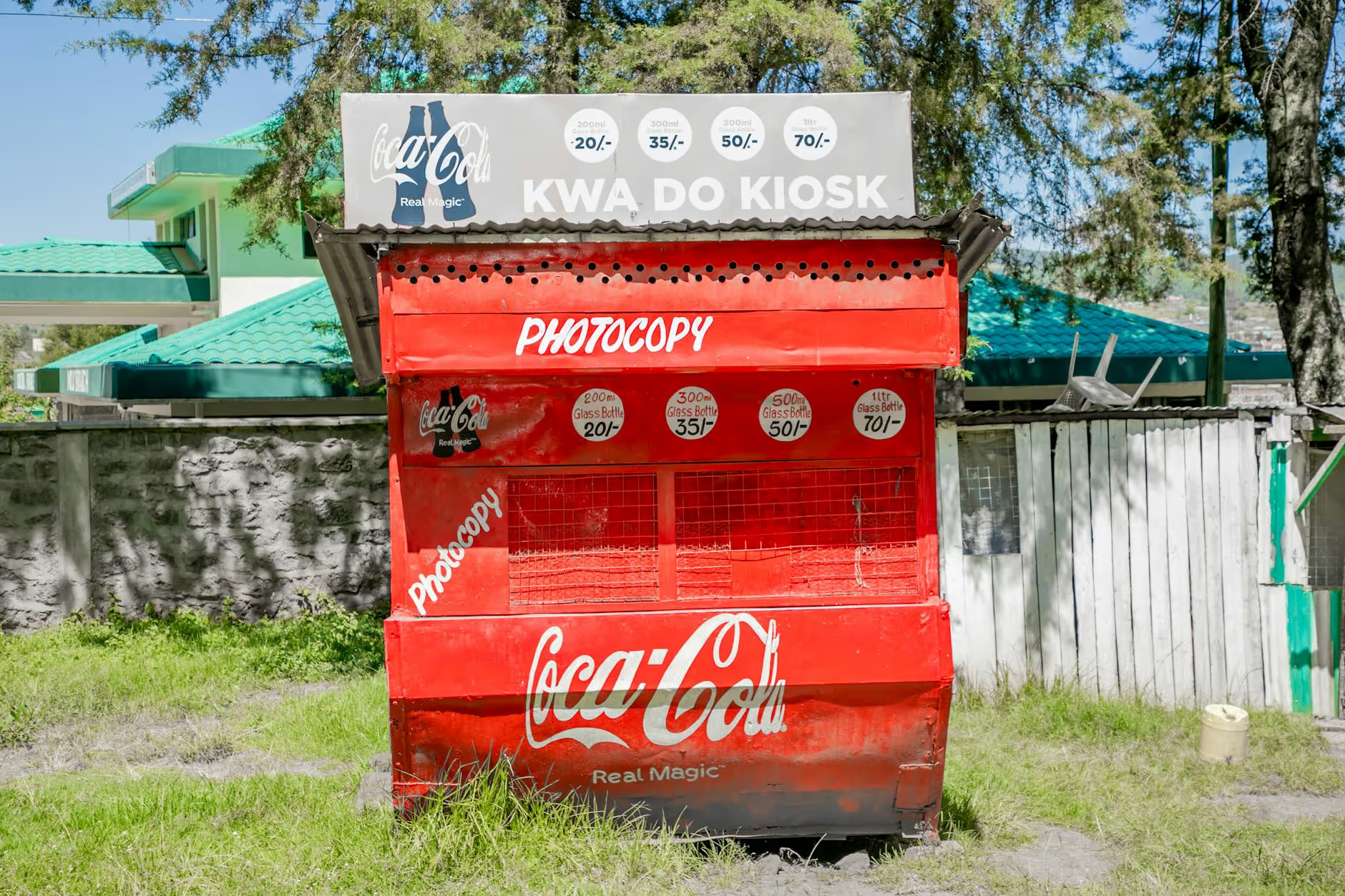
Photo by Denis Kioko
Retail placement is only half the battle. The rest is won—or lost—at the shelf. In-store activation turns passive opportunities into real brand growth.
Focus on consumer engagement tactics that are proven, not just trendy:
- Sampling stations: Put the product in shoppers’ hands. Conversion is highest when people can taste before they buy.
- Demo representatives: Train staff to educate consumers and answer questions quickly.
- Branded displays: Use display units to secure eye-level real estate and reinforce your beverage brand strategy.
- Bundle offers: Run cross-promotions with other local favorites, amplifying traffic near your shelf.
- Collect and use feedback: Gather consumer comments to inform retailer partners and adjust your craft beverage marketing approach.
Retailers notice when brands invest in store traffic, not just shelf appearance. These moves pinpoint your beverage as a value builder in the set—not a placeholder. Use results from each activation to sharpen future events and support chain expansion.
For companies serious about long-term growth, these in-store tactics must connect with your broader beverage distribution strategy and retention plans. To see examples of what this looks like in action, explore the detailed operator playbooks within BBA’s Krunch Branding division for real-world insights and benchmarks.
The brands that win retail today align their placement, promotion, and activation in one cohesive push—delivering proof, not just promises, at every step.
Conclusion
Success in beverage market entry depends on more than a stand-out product. It requires real-world relationships, clear positioning, and an integrated approach that connects beverage brand strategy, distributor partnerships, and retail placement. Brands that win trust move beyond consultant theory and demonstrate results through credible buyer, distributor, and retail networks.
The lessons are straightforward: prioritize evidence over empty claims, invest in lasting beverage distributor relationships, and anchor every move in practical market data. When you combine craft beverage marketing with disciplined retail execution, growth follows. Beverage Business Academy gives you the unfair advantage built on 30+ years of operational experience, a three-division model, and direct access to the decision-makers who move the dial.
If you want to accelerate beverage brand scaling and avoid common expansion mistakes, explore the next step: review proven programs built to fast-track beverage market entry and long-term success. Partner with experts who open real doors, guide you through industry complexity, and support your growth with battle-tested strategies.
Your beverage’s place on the shelf is not out of reach. With the right support and operator-driven guidance, you can move from local wins to national potential. Get in touch to discuss the specific roadblocks you face, and see how BBA’s unique operator-led approach can help you set a new standard in the beverage industry.


